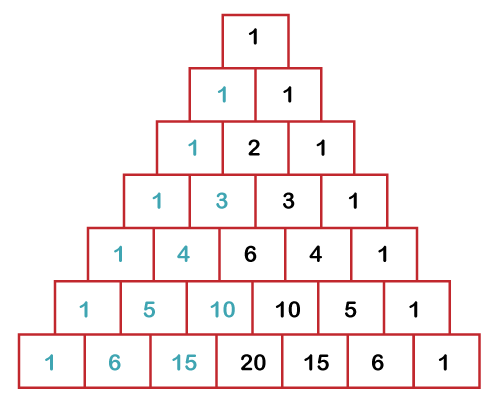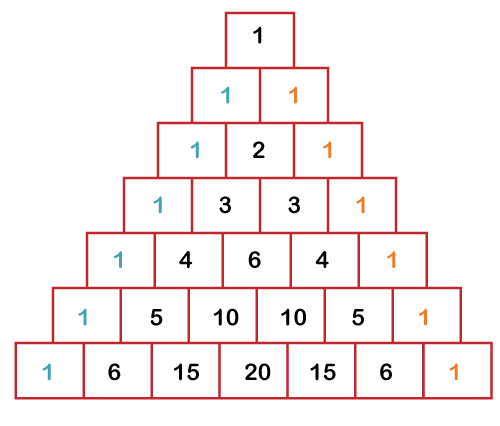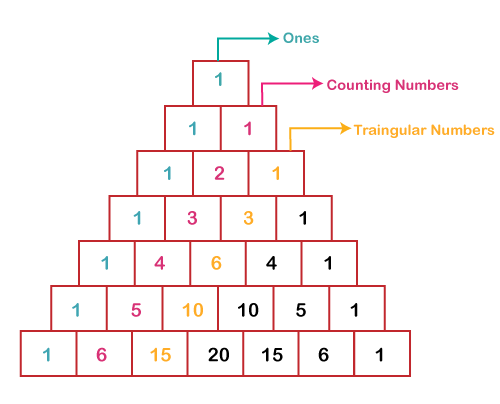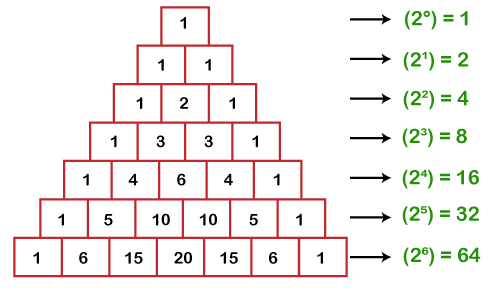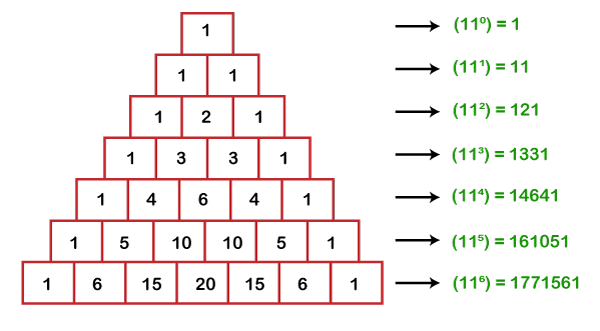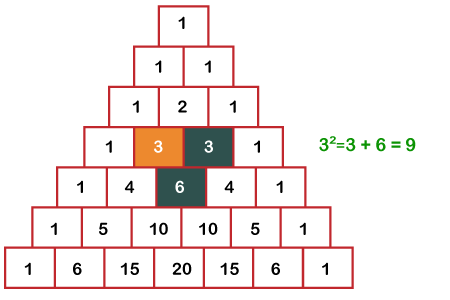Pascal TriangleIn mathematics, the Pascal's Triangle is a triangle made up of numbers that never ends. The Pascal's Triangle was first suggested by the French mathematician Blaise Pascal, in the 17th century. He had used Pascal's Triangle in the study of probability theory. After that it has been studied by many scholars throughout the world. In this section, we will learn what is Pascal's Triangle, its uses, formula, and properties. What is Pascal's Triangle?Pascal's Triangle is a never-ending equilateral triangle in which the arrays of numbers arranged in a triangular manner. The triangle starts at 1 and continues placing the number below it in a triangular pattern. Remember that Pascal's Triangle never ends. In Pascal's Triangle, each number is the sum of the two numbers above it. Notation of Pascal's TriangleThe topmost row in the Pascal's Triangle is the 0th row. The next row below to the 0th row is 1st row, and then 2nd, 3rd, and so on. The leftmost element or entry of each row in Pascal's Triangle is considered as the 0th element of that row. The elements right to the 0th elements is the 1st element of that row, and so on. 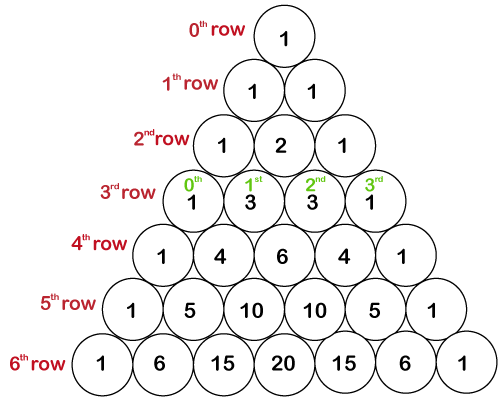
From the above image, we have concluded that each ith row in Pascal's Triangle contains the i+1 element. Uses of Pascal's TriangleDue to its simple and easy pattern, it is used in many areas of mathematics such as probability, algebra, number theory, combinatorics, and fractals. It is also used to find the coefficients of polynomials. How to Find the Entries of the Pascal's TriangleIt is a triangle that follows the rule of adding two numbers together. To get a new number of the triangle we add the numbers above the determining row (for which we are calculating the numbers). In the following figure, the pointed entries show the sum of two entries above to it. 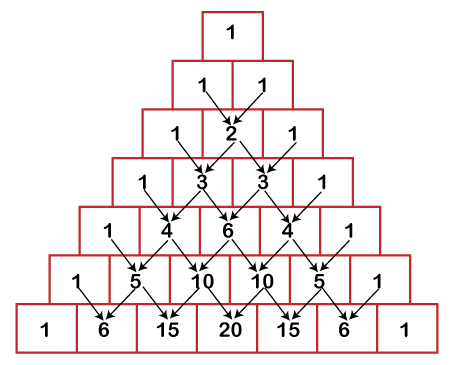
Properties of Pascal's TriangleThere are the following properties of the Pascal's Triangle:
FormulaWe can find any entry of the Pascal's Triangle by using the Combination formula. 
In the above formula, nCr )means choose r from n. We can also write nCr as C(n,r),nCr. Where, n: is the size of the set (the total number of items in the sample). C: is the combination. r: is the subset size (the number of items to be selected from the sample) Sometimes, we also use k instead of r. Therefore, we can write the above formula in terms of n and k, as: 
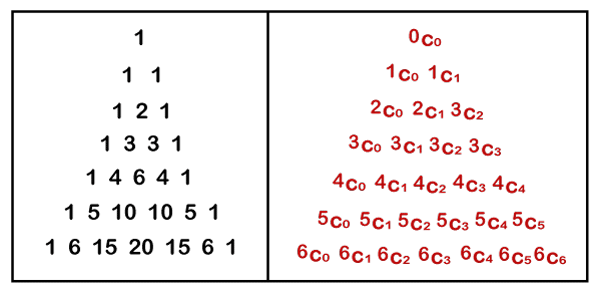
Let's find some entries of the Pascal's Triangle by using the above formula. Example: Find the entry of 4th row's 4th term. Solution: We have to find the entry of the 4th row's 4th term. Here, n=4 and r=4. Putting the values of n and r in the formula, we get: 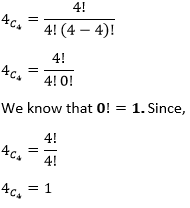
Hence, the 4th term of the 4th row is 1. Example: Find the entry of the 6th row's 5th term. Solution: We have to find the entry of 6th row's 5th term. Here, n=6 and r=5. Putting the values of n and r in the formula, we get: 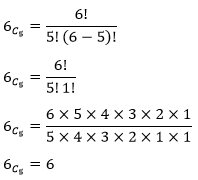
Hence, the 5th term of the 6th row is 6. Similarly, we can find any entry of the Pascal's Triangle, directly. Binomial ExpansionIn algebra, binomial is a term that is used to add two things together. It refers to the pattern of coefficients (the number before the variables). When we multiply the binomial by itself a certain number of times, we get the coefficients. It is written as (a+b)n. With the help of Pascal's Triangle, we can also determine the coefficients of a binomial expansion. Consider the second row's polynomial expansion that is (a+b)2=a2+2ab+b2=1a2 b0+2a1 b1+1a0 b2. In this polynomial, the coefficients are 1, 2, 1. 
Similarly, we can also find other binomial expansions. The following figure shows the first eleven rows of Pascal's Triangle. 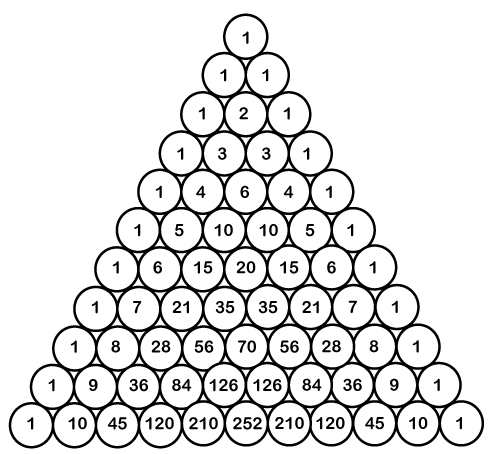
Next TopicPerimeter of Rectangle
|
 For Videos Join Our Youtube Channel: Join Now
For Videos Join Our Youtube Channel: Join Now
Feedback
- Send your Feedback to [email protected]
Help Others, Please Share




